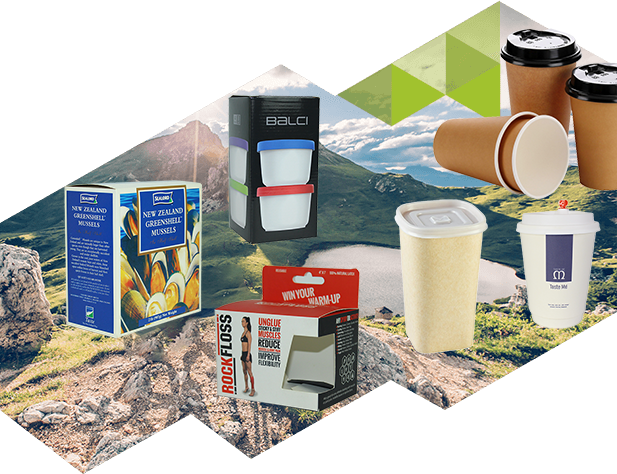IV. Considerations for Customized Design of Coffee Cups
A. The Influence of Paper Cup Material Selection on Customized Design
The material selection of paper cups plays a crucial role in customized design. Common paper cup materials include single-layer paper cups, double-layer paper cups, and three-layer paper cups.
Single layer paper cup
Single layer paper cups are the most common type of paper cup, with a relatively thin material. It is suitable for disposable simple patterns and designs. For customized designs that require more complexity, single-layer paper cups may not be able to showcase the details and texture of the pattern well.
Double layer paper cup
The double-layer paper cup adds an insulation layer between the outer and inner layers. This makes the paper cup more sturdy and resistant to high temperatures. Double layer paper cups are suitable for printing patterns with high texture and details. Such as reliefs, patterns, etc. The texture of the double-layer paper cup can enhance the effect of customized design.
Three layer paper cup
A three-layer paper cup adds a layer of high-strength paper between its inner and outer layers. This makes the paper cup more sturdy and heat-resistant. Three layer paper cups are suitable for more complex and highly customized designs. For example, patterns that require multi-level and delicate texture effects. The material of the three-layer paper cup can provide higher printing quality and better pattern display effect.
B. Color and size requirements for design patterns
The color and size requirements of the design pattern are important factors worth considering in the design of customized coffee cups.
1. Color selection. In custom design, color selection is very important. For patterns and designs, choosing suitable colors can enhance the expressive and attractive power of the pattern. At the same time, color also needs to take into account the characteristics of the printing process. And it also ensures the accuracy and stability of colors.
2. Dimensional requirements. The size of the design pattern needs to match the size of the coffee cup. Generally speaking, the design pattern needs to match the printing area of the coffee cup. And it is also necessary to ensure that the pattern can present a clear and complete effect on paper cups of different sizes. In addition, it is also necessary to consider the proportion and layout of patterns in different cup sizes.
C. The requirements of printing technology for pattern details
Different printing technologies have different requirements for pattern details, so when customizing coffee cup designs, it is necessary to consider the adaptability of printing technology to pattern details. Offset and flexographic printing are commonly used coffee cup printing techniques. They can meet the needs of most custom designs. These two printing techniques can achieve high printing quality and pattern details. But the specific requirements may vary. Offset printing is suitable for handling more complex details. And flexographic printing is suitable for handling soft gradient and shadow effects. Screen printing is more suitable for handling the details of patterns compared to offset and flexographic printing. Screen printing can produce a thicker layer of ink or pigment. And it can achieve finer texture effects. Therefore, screen printing is a good choice for designs with more details and textures.







